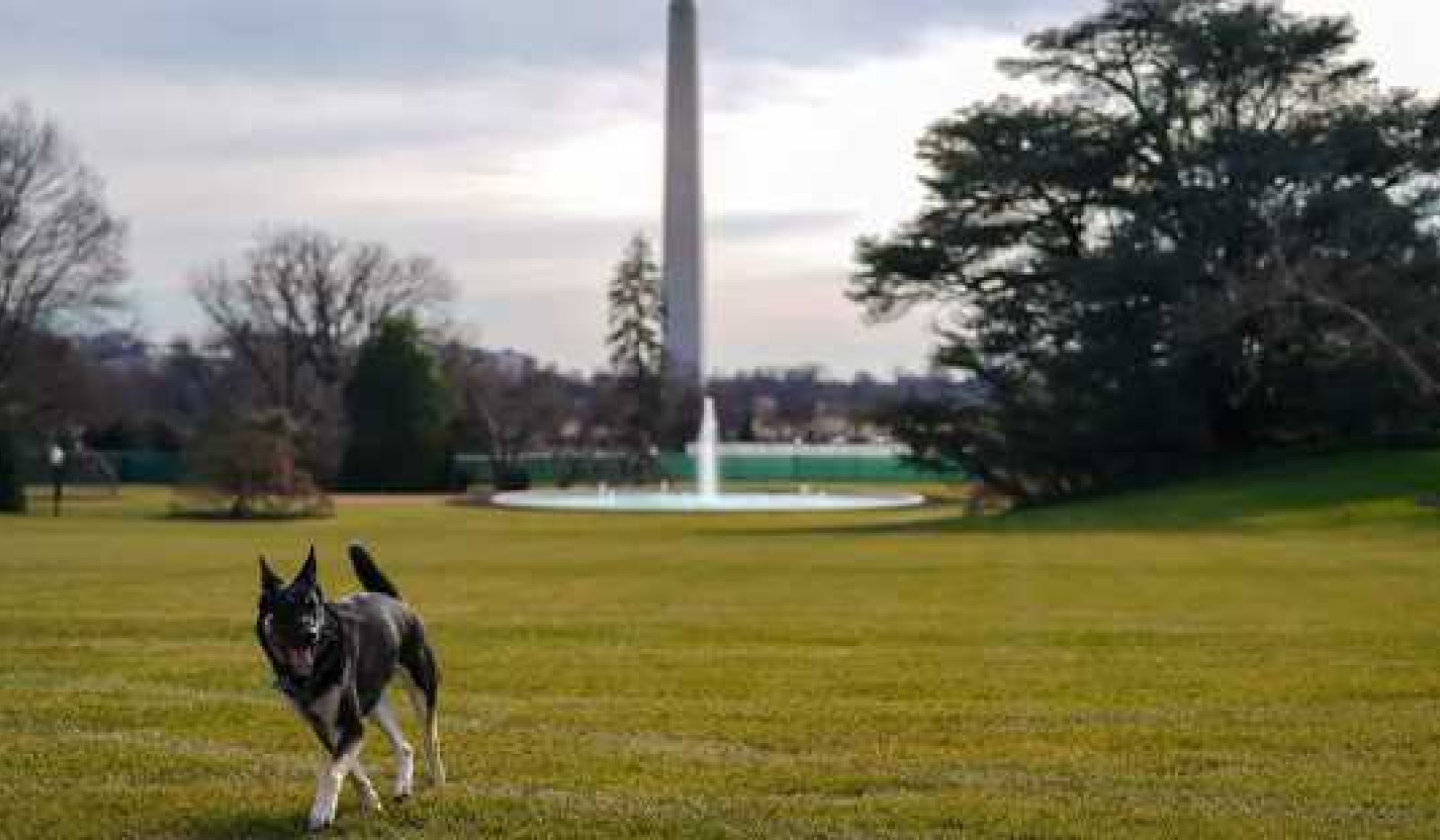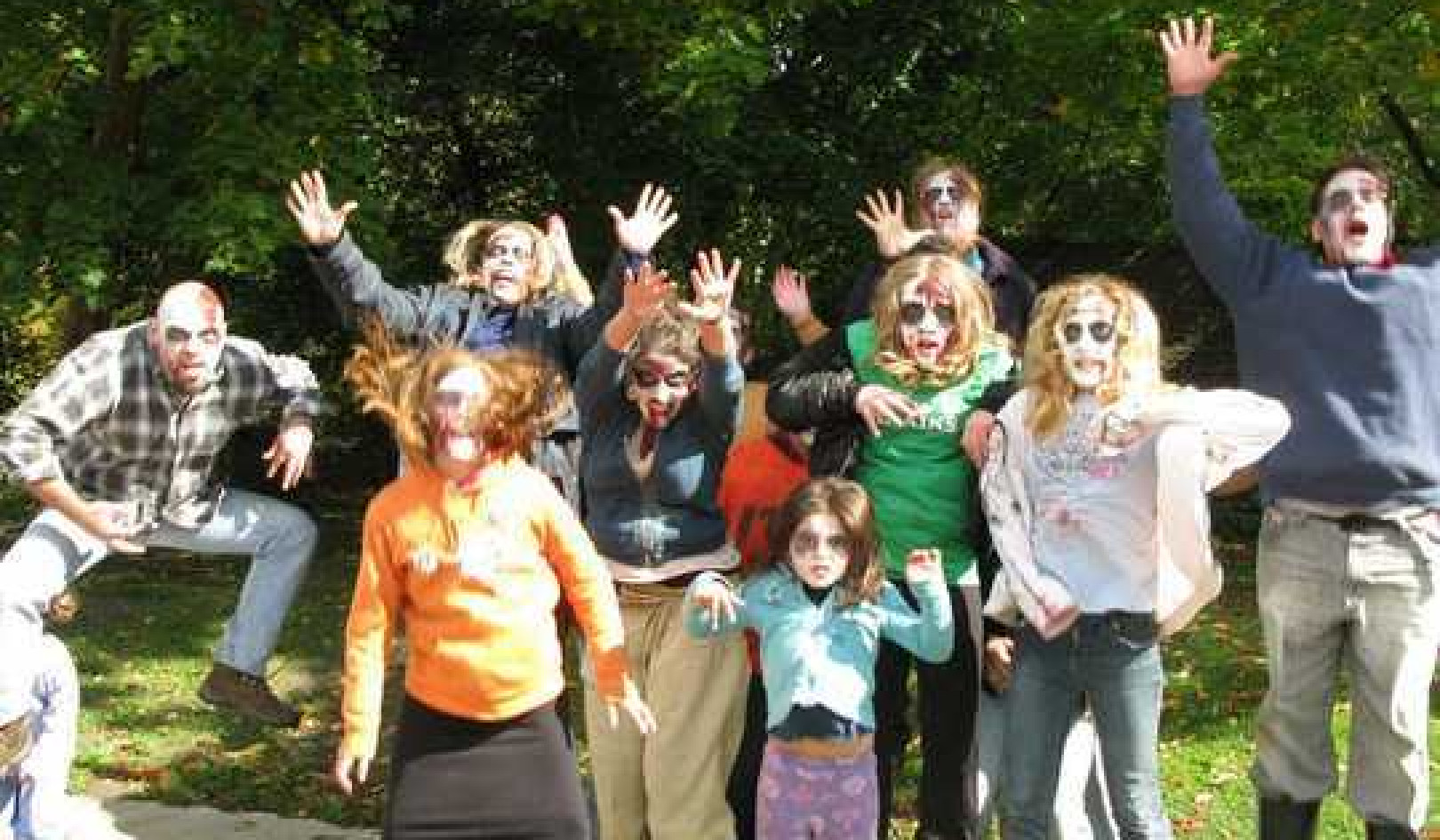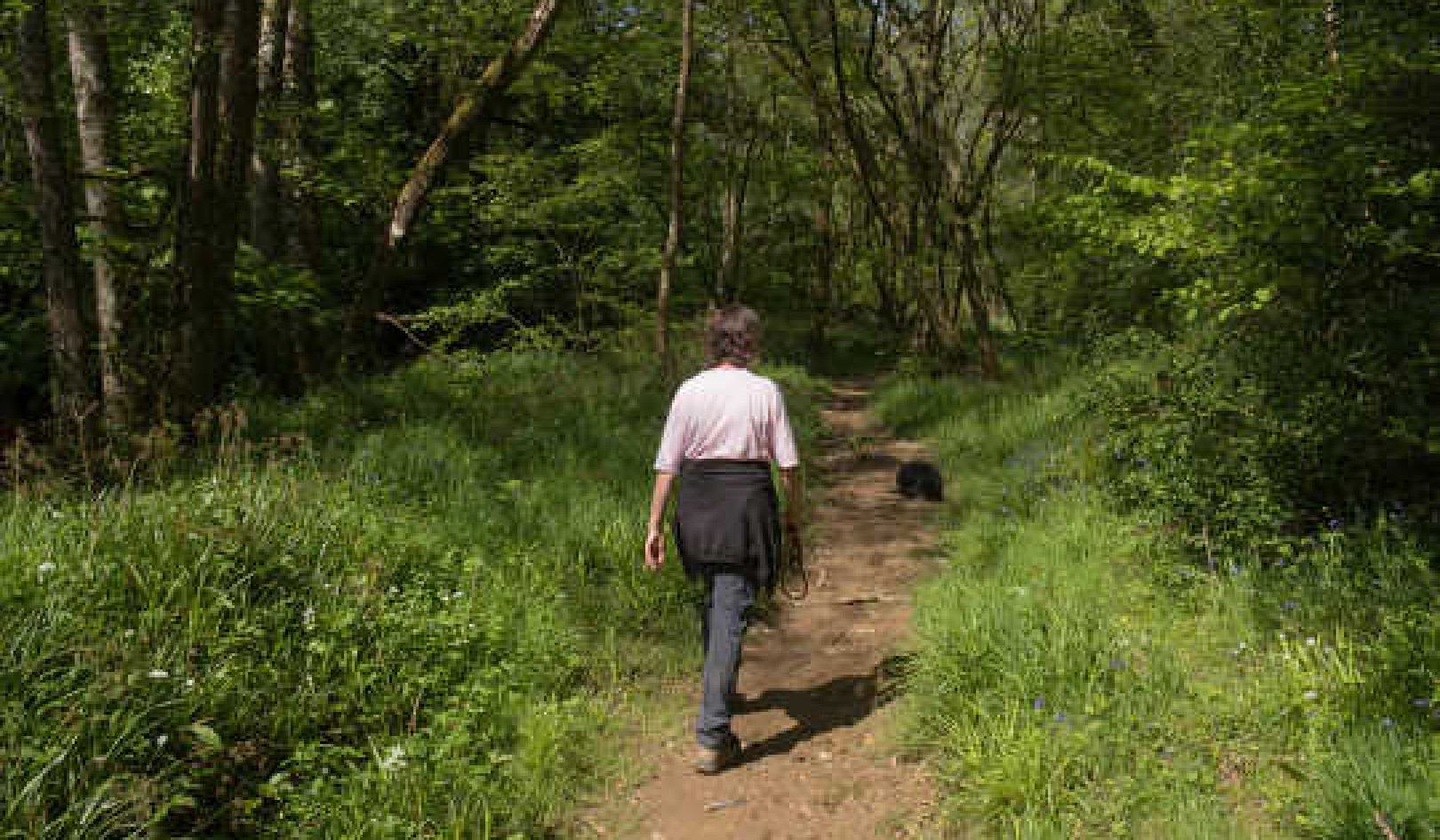
Kim sat across from me, her anger and frustration etched on her face. “I can’t believe this happened to me. I exercise every single day. I pay attention to every morsel that goes in my mouth. I don’t smoke and have only 2-3 alcoholic drinks per year. All my five siblings are overweight, they all smoke and eat the unhealthiest foods. If anyone should get cancer, it should be one of them. Not me.”
I sat quietly, listening to her pain-filled words. She had just been diagnosed with breast cancer and was in my office for preoperative cardiac evaluation. She began to sob softly. Why had good health eluded her even though she did everything right?
When her sobbing subsided, I gently asked her to tell me about her motivation to take such good care of herself. Frustration replaced the sadness in her voice as she described her parents’ lifestyles — they both had been obese and they had regularly binged on food, cigarettes and alcohol before succumbing to heart disease in their sixties. She voiced her disappointment that her siblings had blindly followed the “doomed” path paved by their parents.
I asked her if she felt that her siblings’ choices made them more deserving of cancer. She began to cry again. “I can’t believe I would want that for them, but I feel that they deserve it more than I do,” she said quietly. I commended her for her honesty. Few of us would ever admit to having such thoughts! I asked her, “Who judges what each of us deserves?”
She remained quiet for several long moments before admitting that she didn’t know. “If I do everything right, shouldn’t it mean that I get to remain disease-free?” she asked. “Well, you’re sitting here with the diagnosis. What is the reality of the situation, whether or not it should have happened?” I asked.
She thought about it for a while and said, “The reality is that I’m here now.”
“That’s it. What should or should not happen, what should have or should not have happened are mere speculations. What if you never had the ability to think what should be?” I asked. She sat quietly for a long time. “Then I’d still be sitting here, but without all this pain,” she said with a smile.
Kim had touched upon the root cause of suffering, which is always separate from disease. After I’d examined her, I asked her to investigate her intentions for lifestyle changes, and whether it came from a place of love for herself or from fear of disease.
The Bliss Rx
Starting at an early age, we are taught by well-meaning caregivers that we are fundamentally incomplete and limited, and that we must seek completion by “making something” of ourselves and “getting somewhere” in our lives. Our lives are marked by endless seeking to overcome the overpowering sense of lack that arises from taking ourselves to be limited and flawed. We seek happiness from the outside-in the form of wealth, fame, achievement, success, love, security and relationships.
Suffering is the result of taking ourselves to be the body-mind. As long as this identity remains, we will suffer because we will always seek completion from external objects. No matter how much we seek and for how long, lasting happiness evades us. We will never have only joy, success, health and the other things that are desirable. We come to see that life is a zero-sum game — we get what we want some of the time, and what we don’t want at other times. Our life is marked by chasing what we want and avoiding what we don’t want. Since the outcome of anything we do is never in our hands, we live with an underlying sense of uncertainty, dissatisfaction and yearning, and never experience lasting contentment.
In contrast to the default model, the bliss model is based on the principle that who we are is much more than the body-mind. Our true nature is pure bliss consciousness — we are unborn and undying and the body-mind is a mere reflection of our eternal nature. When we realize this, we develop a deep reverence and gratitude for the gift of embodiment, and suffering drops away. There is nothing we can seek outside of ourselves, because we see that we are already whole.
When bliss permeates our senses, minds, bodies, thoughts and emotions, our relationship with ourselves, disease, others and the world changes to one of absolute beauty and joy. Merely believing that we are bliss is not enough — we have to know it experientially. Only then can its transformative power heal us. For this knowing to occur, the various layers of misconceptions about who we think we are must be peeled away — this is the goal of the Bliss Rx.
The Origins of the Bliss Rx
The principles and practices described in this book represent a fundamental shift in our understanding of who we are — it is about healing and not necessarily a cure. With a shift in the model through which we operate, we can heal completely without being cured of disease. This approach is far removed from the principles of modern medicine, where we become fixated on getting rid of disease at all costs.
I am often asked how all this came about. How is it that a cardiologist trained in western medicine is called to prescribe bliss?
Many parts of this story may seem familiar to you. I had been studying yoga for several years when I was attracted to a career in medicine. The busy course work of medical school drew me in and yoga moved to the back burner. Competitive and ambitious, I progressed through medical school, internal medicine residency and cardiology fellowship, getting married and having a family amidst the rigors of training.
Midway through residency, I became aware of a nagging sense of dissatisfaction that poked its head up quite often — there was always something more to achieve. I wondered why no achievement or success brought lasting peace. However, this ennui seemed to be normal—everyone I knew was also seeking something more.
This inner conflict had reached a fever pitch at the start of my training in cardiology. I had just given birth to my second child and couldn’t be happier. Yet, even the beauty and purity of motherhood hadn’t permanently erased the sense of inner dissatisfaction. Now I worried about balancing my work with family, or how to progress in my career without losing touch with my children. At each stage of life, a new ambition had replaced the old one and the seeking continued.
One Saturday morning, I was unloading the dishwasher when my eyes rested briefly on the block of kitchen knives. I wondered casually if death could end this inner conflict. The thought arose from curiosity; I wasn’t depressed or suicidal. Quite suddenly, the thought gave way to a vivid vision. I saw myself as a deeply unfulfilled old woman exhausted from the endless cascade of seeking — the permanent contentment that I sought had eluded me despite a successful career and family life. The feeling wasn’t one of the greed of wanting more but that of utter despair that I had missed the most important lesson in life.
As the vision faded and my awareness returned to the kitchen, I noticed that several minutes had passed. I sat down, shaking. Finally, I knew! What I was really seeking was the end of seeking. And no amount of gathering, achieving or acquiring anything from the external world would solve this puzzle. The quest for the key to this puzzle took me on the inner journey that would lead to a paradigm shift.
Finishing up my cardiology training, I began my clinical practice, waking up well before dawn and spending hours in meditation and self-inquiry before my children rose and the day began. As I put them to bed at night, I read voraciously and meditated again. Guided by many teachers along the way, I learned to question all that I had taken to be true — my beliefs, thoughts, emotions, actions and life itself.
My life began to change gradually, and this transformation exuded outward in an expanding circle to include family, friends and patients. This journey had opened the doors to vast possibilities and realms I had never imagined. The model through which I operated began to shift.
Patients were no longer body-minds that needed “fixing,” but vibrant expressions of bliss, inseparable from me. How could I keep talking about their disease as if they were their disease? How could I prescribe medicines, procedures or surgeries and send them on their way without trying to have them see their own inherent perfection? How could I possibly have them believe that fixing their disease was the way to end their suffering or that incurable disease meant endless suffering?
I was ridden with conflict between my own self-discovery and the way I was practicing medicine. It felt incomplete and phony to not address the elements that contributed to both disease and healing — the mental, psychological, social, emotional and economic issues that make up our identities and stories.
It was not enough to ask people to eat right, start exercising and stop smoking without asking them to examine the stress and tensions of reacting and responding to life in fixed, conditioned ways. And yet, I had no reference for how to address these issues from my training in modern medicine. I turned to Ayurveda, yoga and Vedanta for answers.
Roots of the Bliss Rx
As my self-discovery progressed, I began teaching select patients to meditate during their clinic visits. Initially, they were mainly patients with heavy symptom loads of palpitations, chest pain, shortness of breath and other complaints. Among the patients that kept up the practice, the results were astounding. They would return with significantly decreased symptoms. Some patients were no longer interested in meditation for reducing symptoms but for the other benefits it provided, such as peace, a sense of calm amidst activity, better sleep and mood, and a changing outlook toward life. They began to request classes they could attend and recommend to their loved ones, which led to the Heal Your Heart Free Your Soul program.
For six months from October to March, we met at the department auditorium where I taught various practices, beginning with meditation and progressing to additional practices such as breathing techniques and self-inquiry. The program ended with a weekend retreat of intense practices. At the end of the first 6-month session, there was a waiting list of people who had heard about the program.
Although the program initially included people with heart disease, it began to attract those with other chronic ailments such as cancer. Soon, people with no disease or issues started enrolling in the program to discover a holistic way to be happy, healthy and fulfilled.
Clarifying Intention
Our intention for change forms the basis for our actions and what comes of our actions. The outcome of our actions always reflects our intention, which can often be unclear or hidden. To make progress in any field, we must know what we want before we go about taking action.
Take time to think about what you really want. Write down your answer on a piece of paper, keeping it limited to one sentence.
Once you are satisfied with your answer, fold the paper and keep it in your wallet.
It can be as simple as, “I want to realize lasting joy and peace that can manifest as health and wellness,” or, “I want my combative relationship with my disease to come to an end,” or, “I want to understand why I’m not always happy and discover ways to find lasting joy.”
Now that you know what you want, set an intention to realize your desire. Hold it close in your heart and think about it as you go about your day. Take out the note and read it, particularly when you feel unmotivated to follow through.
At all times, recall that the path to bliss is your birthright. There is nobody that is more or less deserving of it, for it is the true nature of all in existence. Mostly, enjoy the process!
©2018 by Kavitha Chinnaiyan. Reprinted with permission.
Published by Llewellyn Worldwide (www.llewellyn.com)
Article Source
The Heart of Wellness: Bridging Western and Eastern Medicine to Transform Your Relationship with Habits, Lifestyle, and Health
by Kavitha M Chinnaiyan
 Transform your relationship with habits, lifestyle, and disease using Dr. Kavitha Chinnaiyan's remarkable approach to health. Integrating modern medicine and the ancient wisdom of Yoga, Vedanta, and Ayurveda, The Heart of Wellness shows you how to break free of the false assumption that disease is something you need to fight. Instead, you'll explore the mind-body connection and your true nature so that you can end suffering and embrace the unlimited bliss of who you are.
Transform your relationship with habits, lifestyle, and disease using Dr. Kavitha Chinnaiyan's remarkable approach to health. Integrating modern medicine and the ancient wisdom of Yoga, Vedanta, and Ayurveda, The Heart of Wellness shows you how to break free of the false assumption that disease is something you need to fight. Instead, you'll explore the mind-body connection and your true nature so that you can end suffering and embrace the unlimited bliss of who you are.
Click here for more info and/or to order this book.
About the Author
 Kavitha M Chinnaiyan, MD, (Michigan) is an integrative cardiologist at Beaumont Health System and an associate professor of medicine at Oakland University William Beaumont School of Medicine. She was featured as one of the"Best Doctors of America" and has served on several national and international committees. Kavitha has also won several awards and grants for research in cardiology, was awarded the "Seeker of Truth" award for her research endeavors, and appears often on local and national radio and television. She also gives invited talks on ayurveda, medicine and spirituality, and yoga for heart disease. Kavitha created the Heal Your Heart Free Your Soul holistic prevention program and shares its teachings through weekend retreats, workshops, and intensive courses. Visit her online at www.KavithaMD.com.
Kavitha M Chinnaiyan, MD, (Michigan) is an integrative cardiologist at Beaumont Health System and an associate professor of medicine at Oakland University William Beaumont School of Medicine. She was featured as one of the"Best Doctors of America" and has served on several national and international committees. Kavitha has also won several awards and grants for research in cardiology, was awarded the "Seeker of Truth" award for her research endeavors, and appears often on local and national radio and television. She also gives invited talks on ayurveda, medicine and spirituality, and yoga for heart disease. Kavitha created the Heal Your Heart Free Your Soul holistic prevention program and shares its teachings through weekend retreats, workshops, and intensive courses. Visit her online at www.KavithaMD.com.
Books by this Author
at InnerSelf Market and Amazon



























